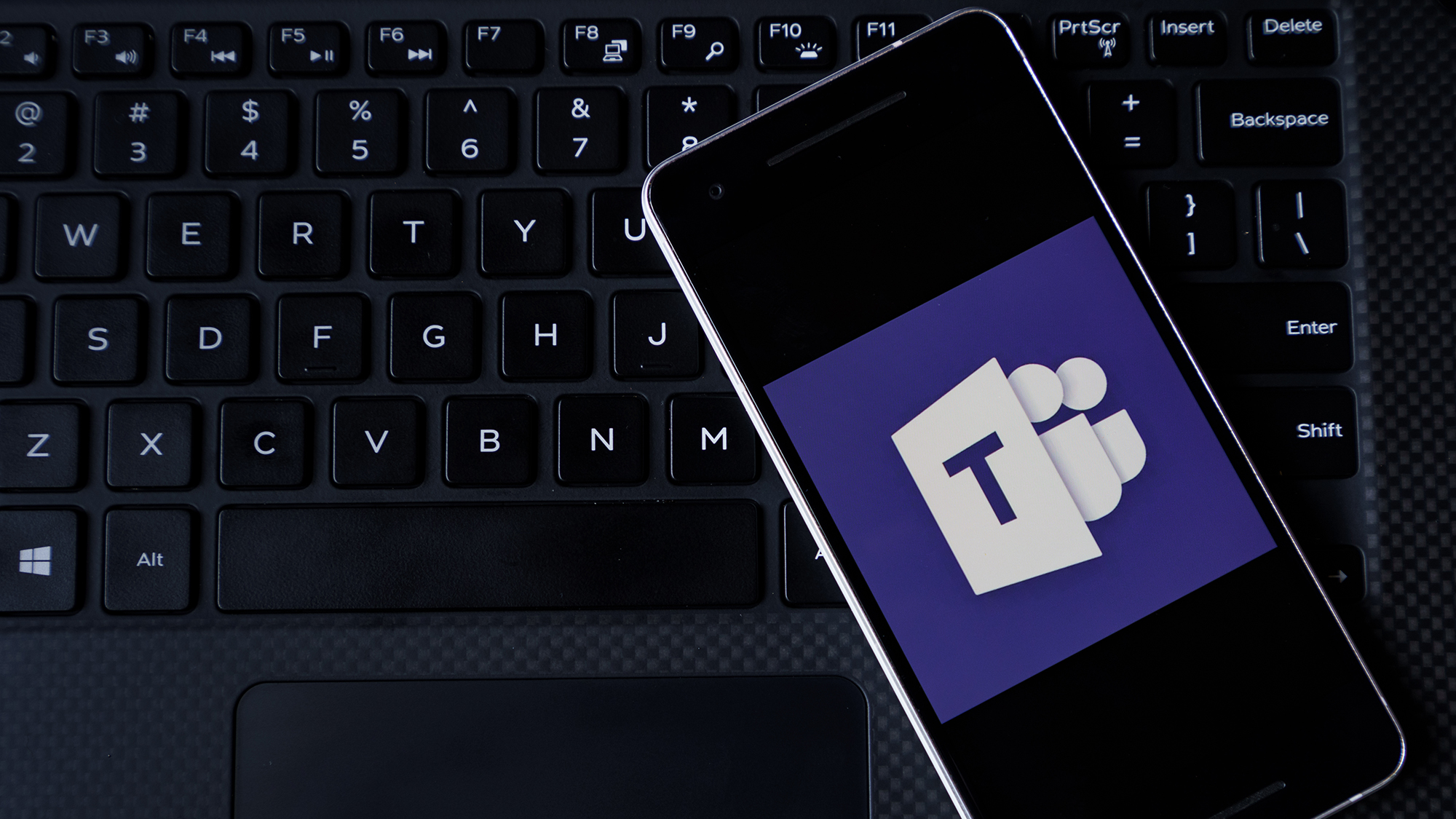How the UC market is revolutionising attitudes to working
The continued significance of UC lies in its ability to utilise the latest technology trends, says John Brett

Unified Communications (UC) began with a pioneering vision for a platform which integrated phone, video and email systems, allowing workers to interact effectively from any location, in real-time.
In 2018, it's clear that UC has played an integral part in the evolution of the modern workplace, supporting human productivity through the use of technology. It therefore seems an appropriate point to consider how business communication tools have progressed, and more importantly what the next era of UC holds for businesses.
The way we live and work has seen vast changes in recent years, and the ability to stay connected has become indispensable in our global society. A 2017 report by Deloitte indicated that over 50% of UK workers surveyed used their smartphones for at least one business-related activity. Furthermore, 19% of those individuals confessed to using their smartphones for business purposes outside of work.
The statistics reflect how reliant the majority of UK employees are on their personal devices, and the extent to which mobile technology has progressed. With this in mind, UC platforms are increasingly available as smartphone-friendly apps which support the dynamic lifestyles of modern workers.
The continued significance of UC lies in its ability to utilise the latest technology trends. Breakthroughs in speech recognition, cloud software and Artificial Intelligence (AI) have all transformed collaboration tools, making it possible for employees to communicate not only across different rooms, but even countries and time zones.
The March Enterprise Connect 2018 Conference and Expo in Florida outlined the upcoming trends in UC and enterprise collaborations, with some of the world's most influential global tech companies from Facebook to Google debuting their professional collaboration platforms.
Amazon Web Services delivered a presentation on its Alexa for Business Service which employs the Amazon chatbot as a personal assistant for workers. It enrols users who can then voice-manage calendars, start meetings and program specific skills into the device. In this way, employees' can fulfil tasks more efficiently and streamline their workloads, something which benefits individual wellbeing as much as business performance.
ChannelPro Newsletter
Stay up to date with the latest Channel industry news and analysis with our twice-weekly newsletter
UC remains a lucrative sector amongst the technology giants who recognise a need for these products with end-users. In a society more attuned to mental health in the workplace, enterprise collaboration is essential to fully support and ease the strain on individual employees.
The capabilities of UC now exceed that of simple messaging via emailing and calling systems: these tools enhance the working process itself. The introduction of 'intelligent communications' marks a new phase in the journey of collaborative working. The launch of Microsoft Teams last September embodied the Intelligent Communications strategy: a set of cohesive tools which enrich the entire working cycle. Teams integrates Skype for Business and allows users to instant message, video chat, share documents and files, join meetings and plan agendas, all from one hub.
In March, Teams announced its upcoming features such as cloud recording, mobile meeting sharing and Cortana voice interactions. Such advancements are made possible by the developments in AI technologies, which are seeing an increased uptake in enterprise services.
Unified Communications has certainly realised its initial goal for a more dynamic and productive workforce. Furthermore, it has demonstrated an ability to grow and adapt to the needs of 21st century, mobile workers who require on-demand access to business databases. In a society where communication is unhindered by physical or geographical borders, UC facilitates truly modern collaboration and proficiency.
Expansion is set to be the keyword for the future of UC with the big technology firms augmenting collaboration tools with cutting-edge technology. Ultimately, enterprises which integrate intelligent tools into everyday business processes can better support employees and drive their business performance to new heights.
John Brett is technical operations manager at Nexus Open Systems
-
 Asus ZenScreen Fold OLED MQ17QH review
Asus ZenScreen Fold OLED MQ17QH reviewReviews A stunning foldable 17.3in OLED display – but it's too expensive to be anything more than a thrilling tech demo
By Sasha Muller
-
 How the UK MoJ achieved secure networks for prisons and offices with Palo Alto Networks
How the UK MoJ achieved secure networks for prisons and offices with Palo Alto NetworksCase study Adopting zero trust is a necessity when your own users are trying to launch cyber attacks
By Rory Bathgate
-
 GoTo appoints Michael Day as its new channel chief
GoTo appoints Michael Day as its new channel chiefNews Channel veteran will lead the company’s recently announced GoTo Partner Network
By Daniel Todd
-
 Zoom launches hardware as a service video conferencing portfolio
Zoom launches hardware as a service video conferencing portfolioNews The video conferencing giant has partnered with four companies to launch hardware for Zoom Phone and Zoom Rooms services
By Keumars Afifi-Sabet
-
 Google developing all in one messaging app for business
Google developing all in one messaging app for businessNews The app will combine G Suite services into one single mobile entity, according to reports
By Bobby Hellard
-
 How unified communications could energise your business
How unified communications could energise your businessIn-depth Unified communications used to be a buzzword reserved for enterprises and huge budgets – but not anymore
By Nik Rawlinson
-
 No catches: How 3CX v16 can slash your costs
No catches: How 3CX v16 can slash your costsIn-depth With an aggressive new pricing structure, it's now even easier for businesses to cut their telco costs in half
By IT Pro
-
 Businesses 'should already be on their journey to UCaaS'
Businesses 'should already be on their journey to UCaaS'In-depth With the unified communications market on the rise, experts urge companies to shift towards an 'as-a-service' approach
By Keri Allan
-

 Sennheiser MB 660 review: Sounds like a winner
Sennheiser MB 660 review: Sounds like a winnerReviews This UC headset is expensive, but the quality is unbeatable
By Adam Shepherd
-
 Unified comms market to explode
Unified comms market to explodeNews UC in EMEA will be worth a whopping $16.6 billion by 2015.
By Tom Brewster